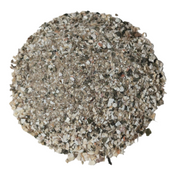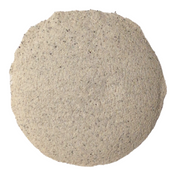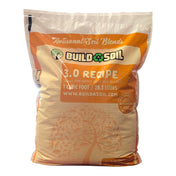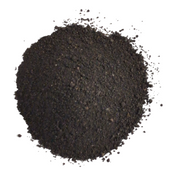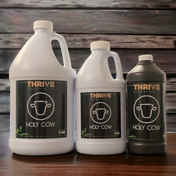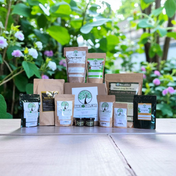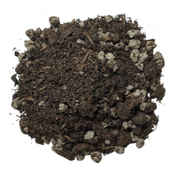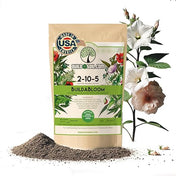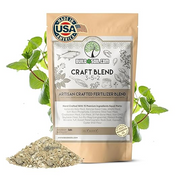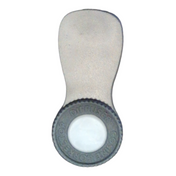Quick Tutorial
Click Here For The Source Website And The Full Tutorial
Five steps to turn organic waste to compost:
1. What is composting?
Composting is the biological decomposition of organic wastes by bacteria, fungi, worms and other organisms under controlled conditions where oxygen is available.
Decomposers are not much different than people in terms of their basic needs, so be sure to provide your microbes with all of the basics:
- Food: Carbon and Nitrogen (Browns & Greens)
- Water: Moist, not soggy
- Air: Oxygen
- Volume: 3' long x 3' high x 3' deep or 3-5 foot diameter by 3 feet high cylinder
- Particle Size: Less than 2-3 inches
2. What can I compost?
Anything that was a plant. All plant materials contain nitrogen and carbon. Materials high in nitrogen are called "greens", e.g. grass clippings, manure, and kitchen scraps. Materials high in carbon are called "browns", e.g. leaves, sawdust, and wood chips. Before adding materials to the compost bin, chip or shred items so they are no more than 2-3 inches long.
3. Where do I compost?
Most people compost in a bin, which in Florida may be located in the shade or partial sun. A bin is not necessary, but helps keep the materials contained and neat. Your bin can be cubed, approximately 3' x 3' x 3', or a 5' diameter hoop of hardware wire. Place equal volumes of greens and browns in the compost bin. You can layer the materials in the bin by alternating 3-4" layer of greens and 3-4" layer of browns. Or you may mix up greens and browns and place them in layers in the bin. Water the compost as you build the bin.
4. After I build the compost pile, then what?
The compost may heat up due to biological activity and will certainly settle as the materials decompose. To speed up the process turn the compost bin periodically. Turning means taking everything out of the bin and then putting it back. Try to move the materials from the outer sides to the center.
You may add more materials at any time. Bury food wastes in the center of the pile or cover with brown materials such as leaves. You can also start a new bin for handling additional materials.
5. When is compost ready to use?
The compost is finished composting and ready to use when it has a uniform look (like soil), dark color, small particle size, and "earthy" odor. Most of the materials you put in will no longer be recognizable. Use finished compost as a mulch, soil amendment, or potting soil.
You have now completed the quick tutorial. If you have any problems, odors or pests for example, use our troubleshooting guide or for more complete information use the compost tutorial to learn more about composting.

